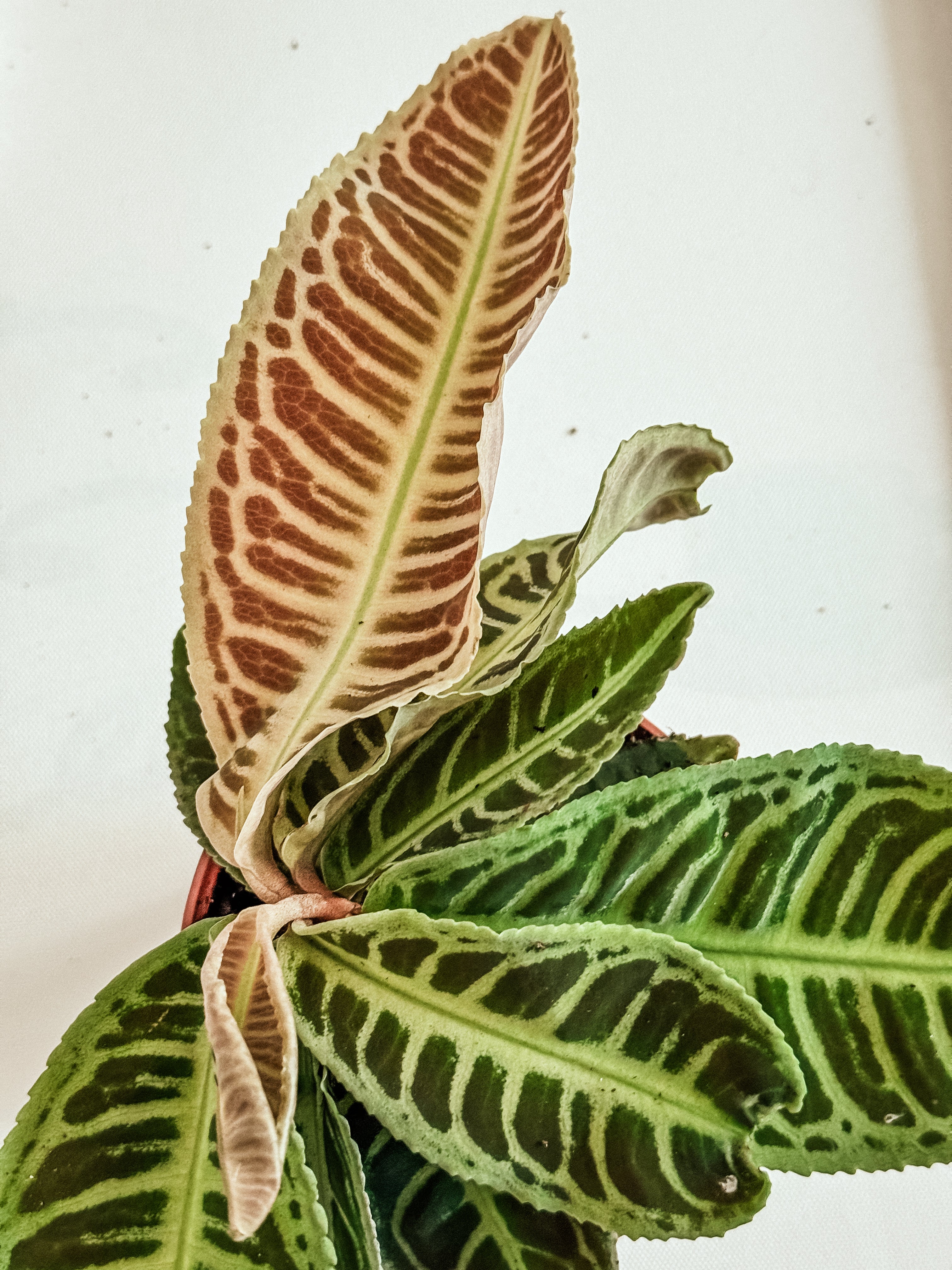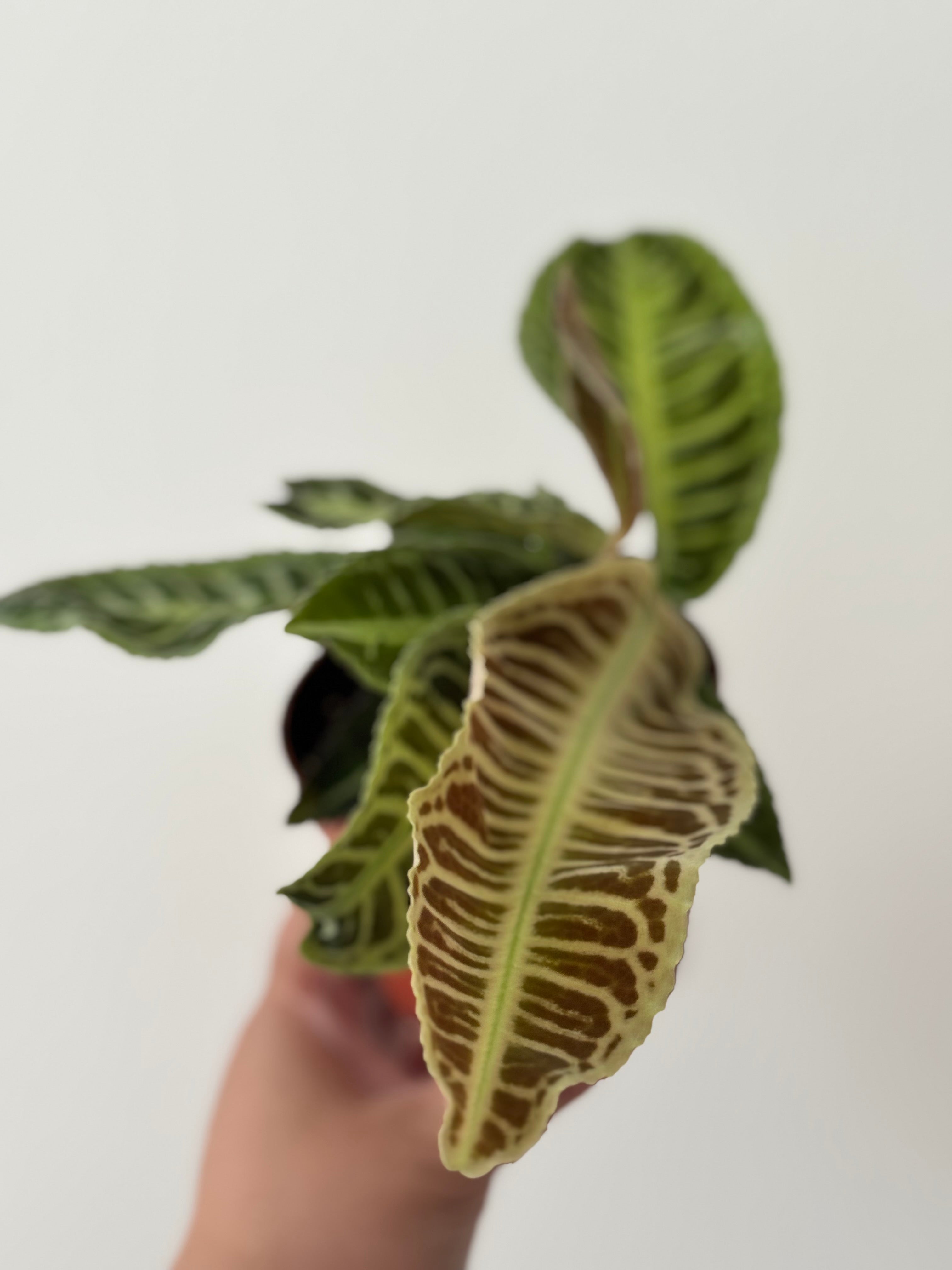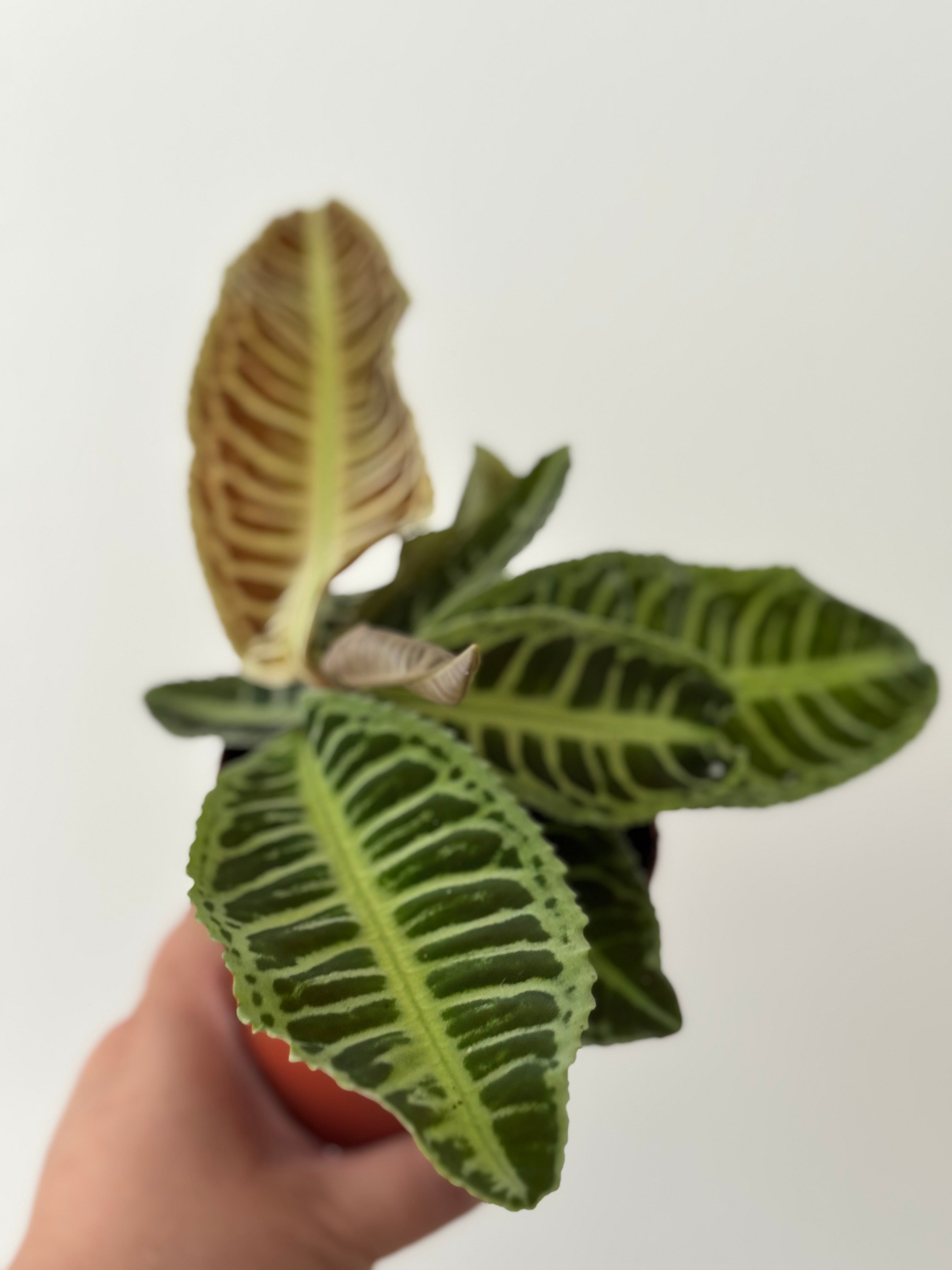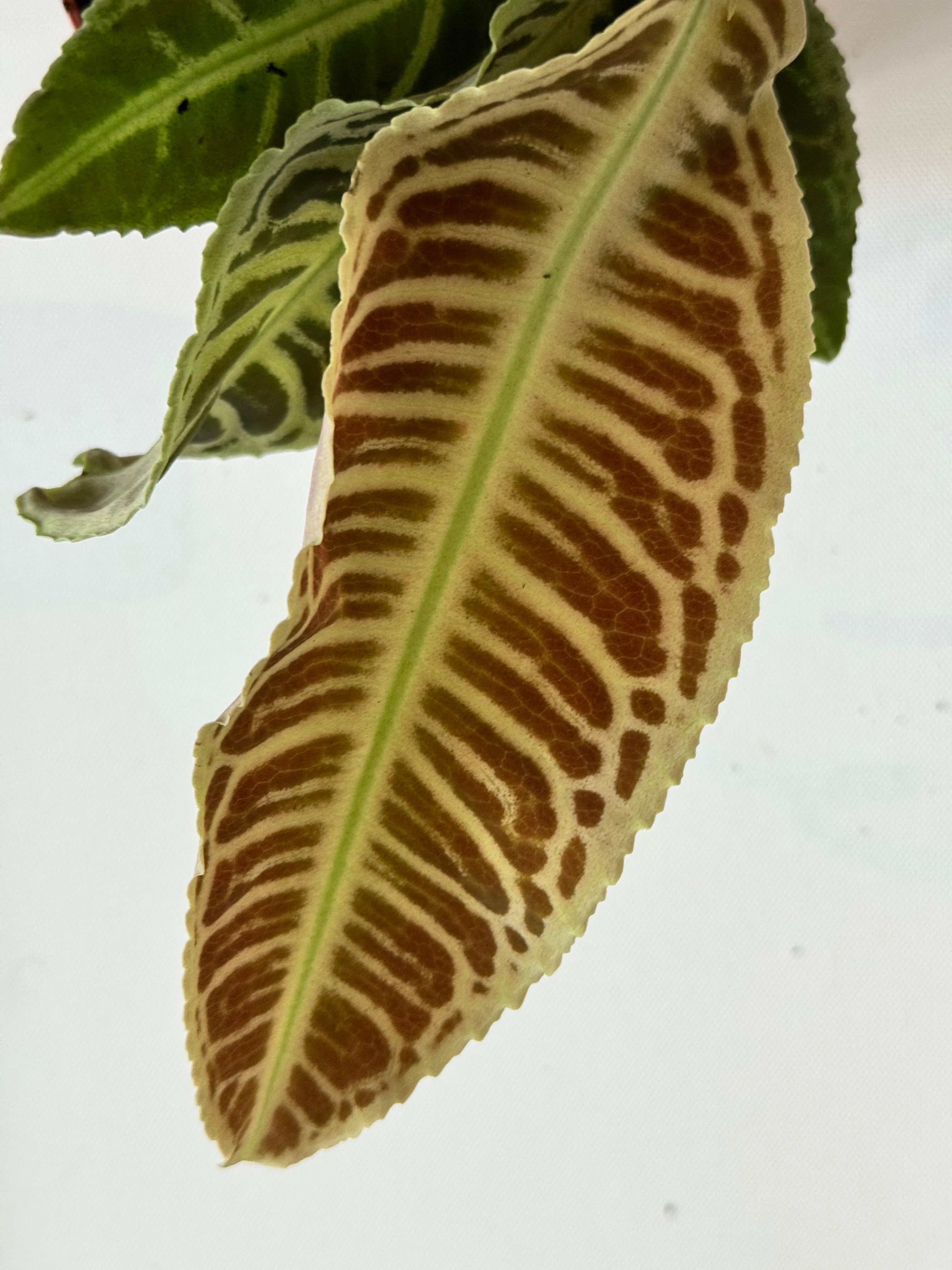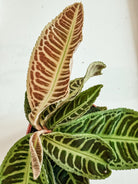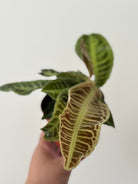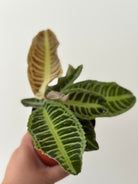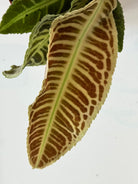Labisia Japonica
Couldn't load pickup availability
Labisia japonica, a rare and elegant tropical plant known for its velvety leaves and shimmering veins (often grown as a terrarium or indoor humidity-loving plant):
🌿 Light
-
Prefers medium to bright indirect light — filtered sunlight through a curtain or near a north- or east-facing window.
-
Avoid direct sun, which can easily scorch the soft leaves.
-
In too low light, growth becomes slow and leaves may lose their color vibrancy.
💧 Watering & Soil
-
Keep the soil evenly moist but never soggy.
-
Water when the top layer (about 1–2 cm) begins to dry out.
-
Use soft or filtered water if possible, as Labisia can be sensitive to mineral build-up.
-
Excellent drainage is crucial — soggy soil can quickly cause root rot.
Ideal Soil Mix:
-
40% potting soil
-
30% perlite or pumice
-
20% orchid bark or coco chips
-
10% sphagnum moss or coco coir
This mix holds moisture yet allows airflow to the roots.
🌡 Temperature & Humidity
-
Thrives in warm temperatures between 20–28 °C (68–82 °F).
-
Requires high humidity (70% or higher) — it’s happiest in terrariums, glass cabinets, or with a humidifier.
-
In drier homes, mist lightly or place the pot on a pebble tray with water (without submerging the base).
🧪 Fertilizer
-
Feed lightly every 4–6 weeks in the growing season (spring through early autumn).
-
Use a diluted balanced liquid fertilizer (¼ to ½ strength).
-
Avoid overfertilizing — this species prefers gentle feeding.
🌱 Growth Habit
-
Naturally a slow-growing, low-spreading understory plant.
-
It stays compact, typically under 20 cm tall, making it perfect for terrariums or small pots.
-
Older leaves will eventually age and drop; this is normal.
🪴 Repotting
-
Repot only when roots fill the container — about every 1–2 years.
-
Always refresh the soil mix to prevent compaction and maintain aeration.
-
Handle gently; the roots are delicate.
🐛 Pests & Common Issues
-
Usually pest-free in high humidity, but can occasionally attract fungus gnats, aphids, or mealybugs if conditions are too wet.
-
Yellowing leaves often mean overwatering or poor drainage.
-
Crispy edges or curling suggest low humidity or underwatering.
-
Remove any dying leaves to prevent mold or rot in closed environments.
🌸 Extra Tips
-
Wipe leaves gently with a soft cloth to remove dust and help them shine.
-
Stable humidity and temperature are key — avoid moving it between different rooms often.

